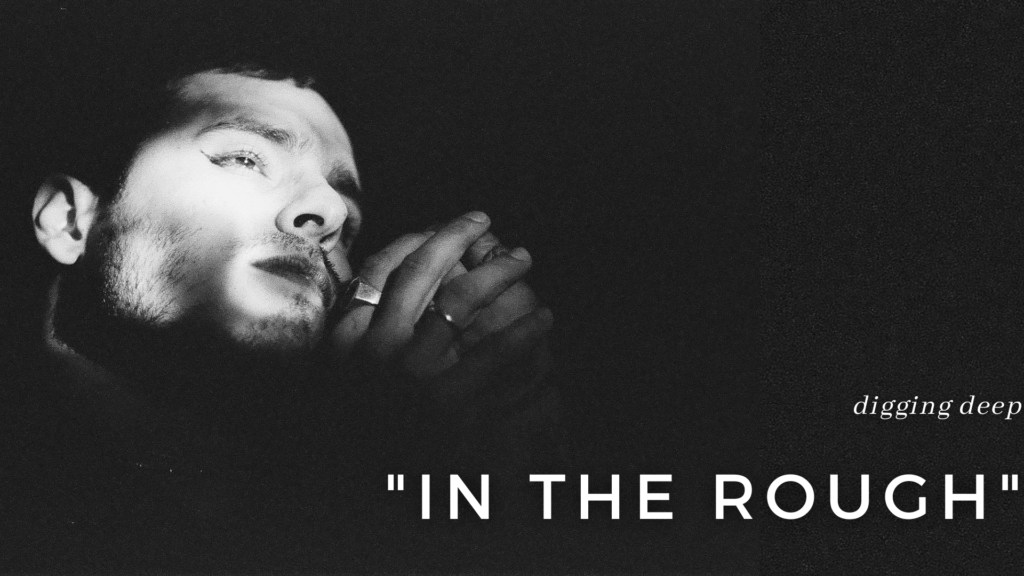
IT STARTED OUT AS A PHONE CALL
from my brother a couple months ago, and as soon as we hung up the phone, I rushed for something to write on and something to write with –
Photographers have various methods of building a vision for a shoot.
I have a small notebook where I jot down various themes, techniques, and sketch out ideas for poses; taking into consideration where I want light to fall or emotions that would be depicted.
It may seem trivial, but it helps me make these ideas more, tangible. Once I have the camera in hand and subject in view-
It all falls into place, and the shutter starts firing away naturally. It’s a steady-state; from the creation of the idea to its physical translation, it becomes its own FLUX:
All the inputs, all the outputs; equalizing in their own respect.
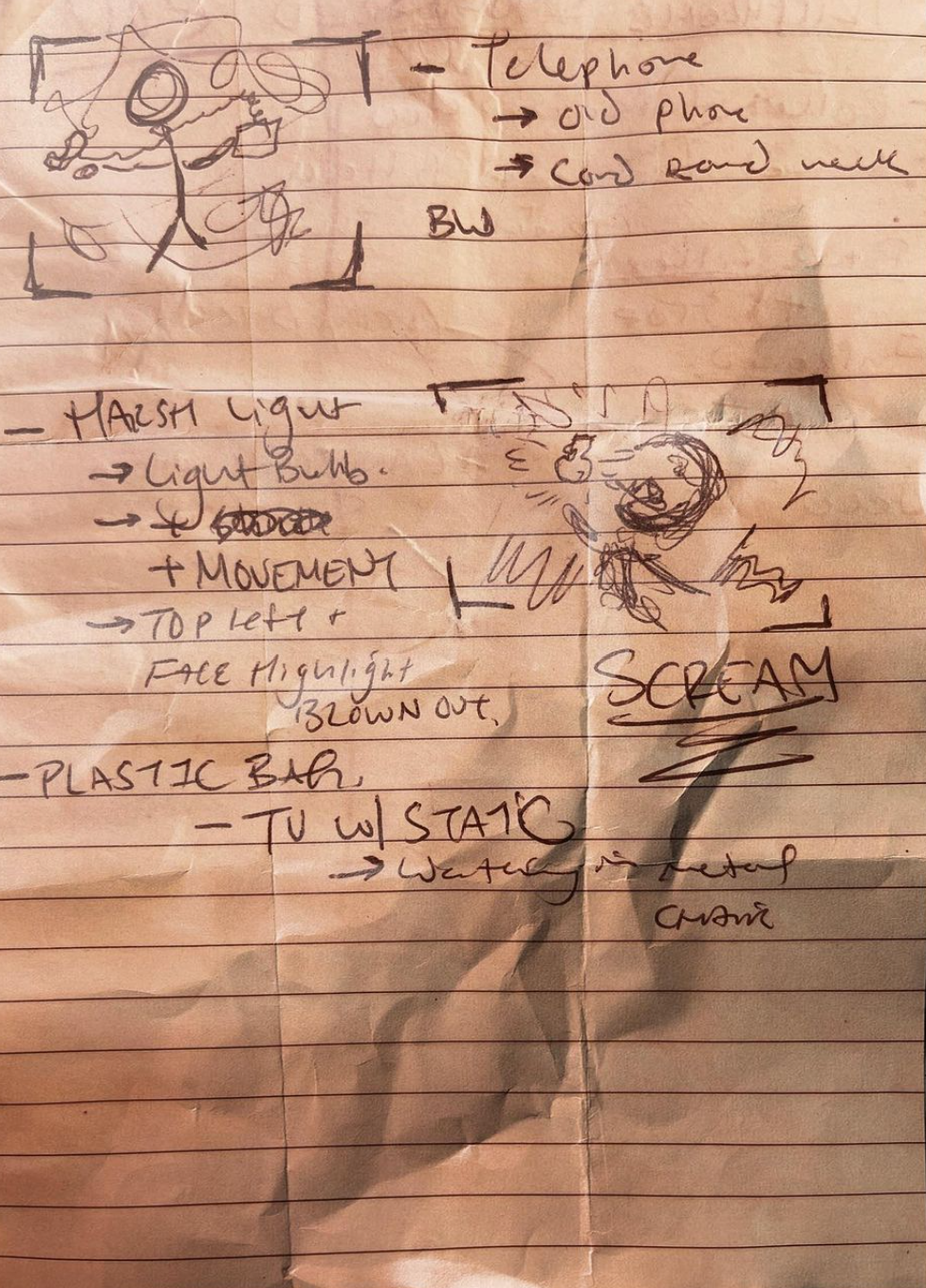
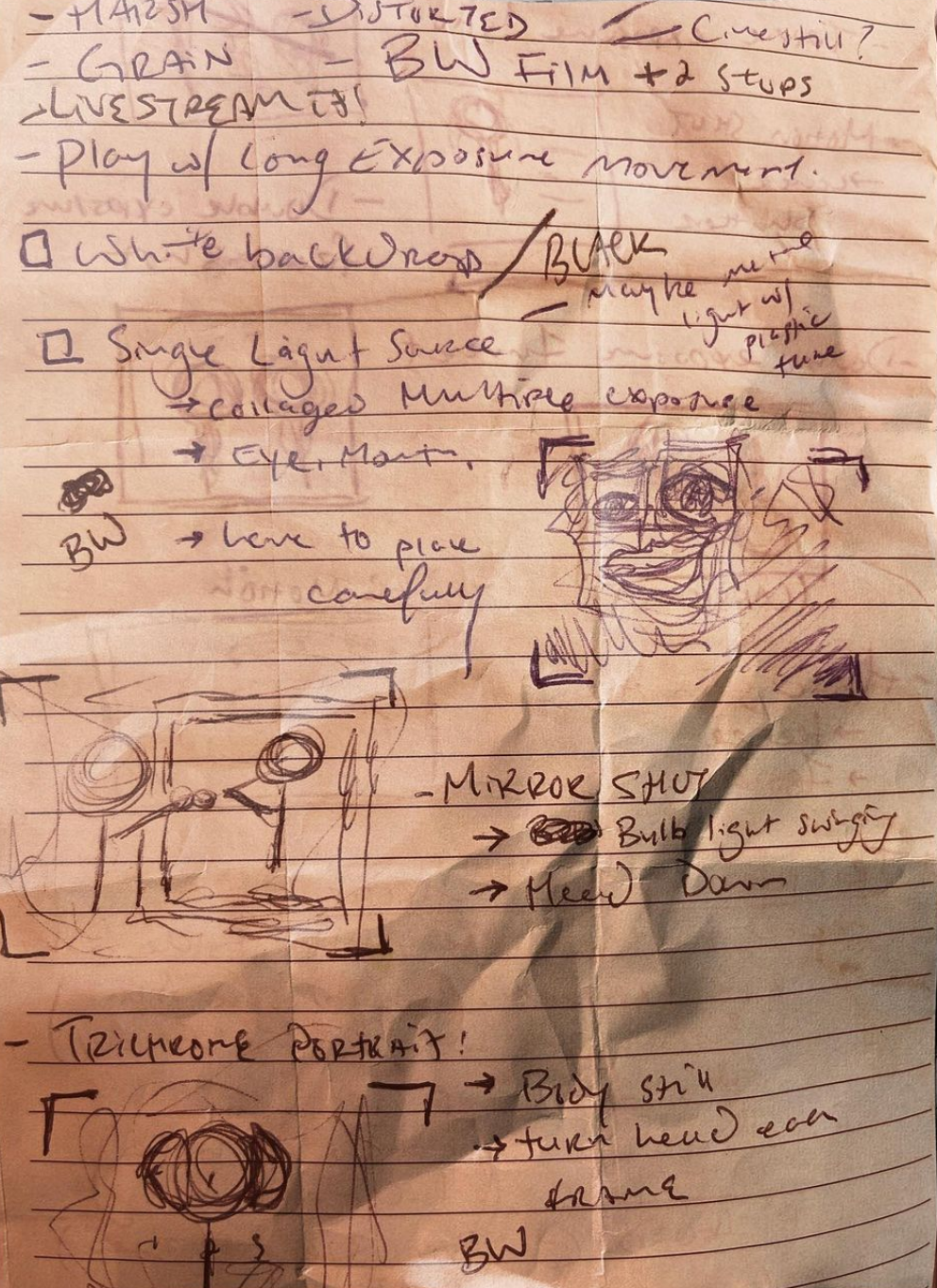

Pages from my notebook that include terrible stick figures and generalized ideas regarding positioning
Zaii and I found ourselves at the doormat of this project, slowly building the construct for it, and what I found most interesting about the whole thing was how the perspective of the subject and the perspective of the photographer (though through different lens) found each other-
somewhere in-between.
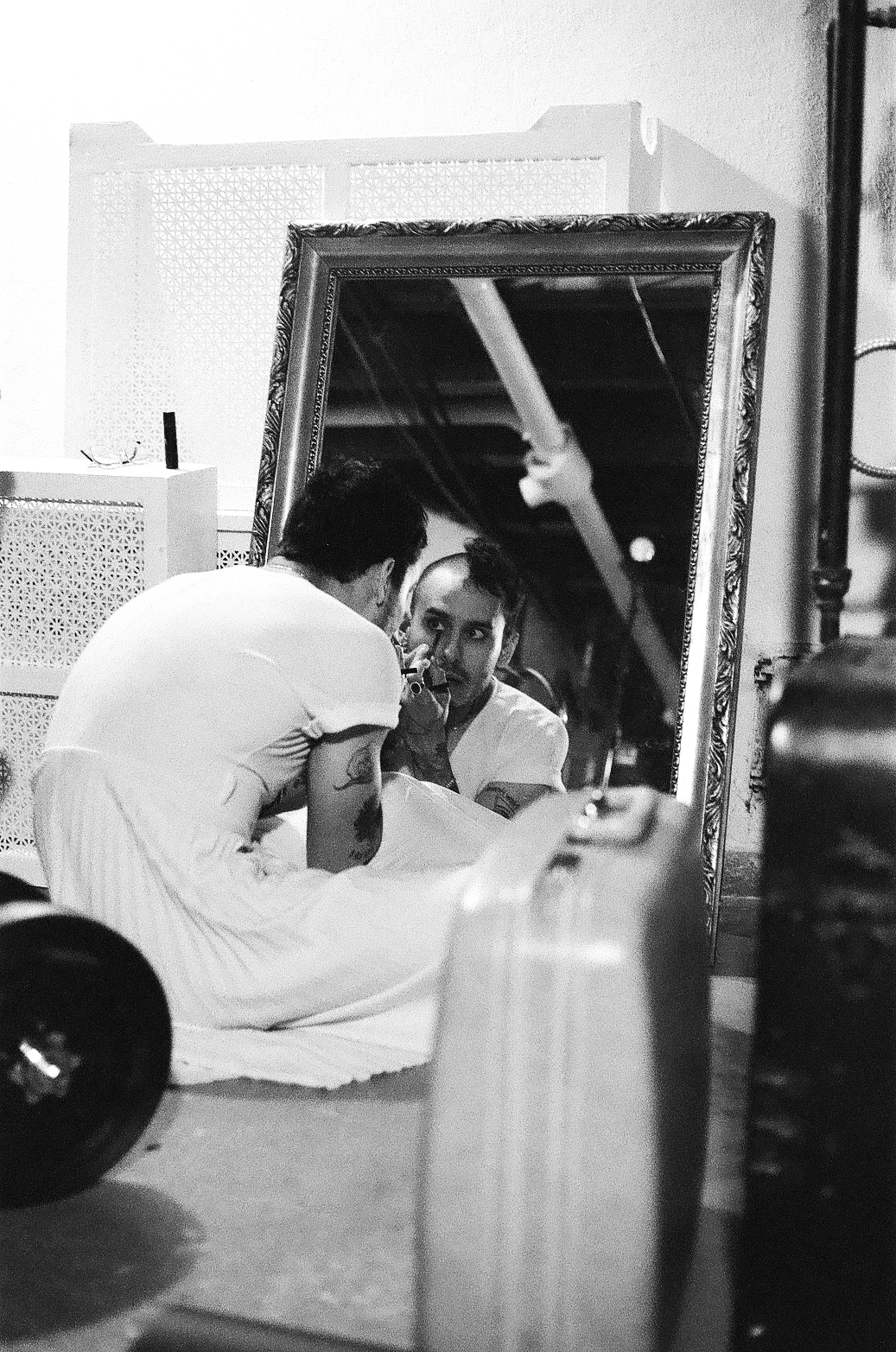
Zaii getting ready for the second half of the shoot

How could one not take a self-portrait when using mirrors as props
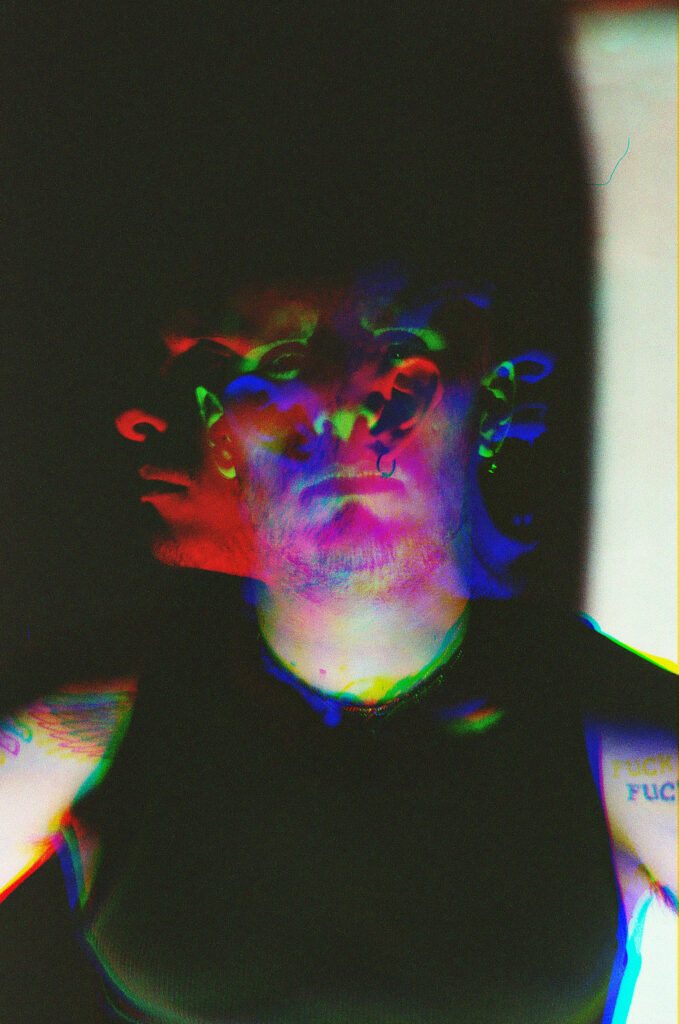
Kodak TMAX 400 +2 stops and trichromed
THOUGHTS FROM THE SUBJECT:
“Evasion and distraction can keep you alright for a little while when you’re out-of-sorts. But if you’re in so deep, the only direction is to dig, an excavation of the unconscious, a spiritual-archeological expedition of the soul.
The creature in the basement; the genderless, in need of tenderness; a wilderness that cries out at night.
These photo experiments were, from the model’s point-of-view (and what ‘art’ is, for most intents and purposes) a way for some aspect of self to view another aspect of itself; a cascade of identifications until you land on something that makes an argument for its acknowledgment.
I suppose that was my pain, my confusions, and my frustrations of falling short on my life’s respective purpose, or falling over and off-the-mark of personal inner alignment.
‘In the Rough’ was a look through and into many ‘mirrors’; or as I’d like to call them: Passages of Time“
-Zaii Valdes (2022)
TRICHROME THAT SH*T!
Since I knew I was going to be shooting black and white film for this shoot, I thought this would be a great time to attempt trichroming! (I’m not entirely sure if that’s a verb or not).
What is trichromatic photography?
Essentially it is taking 3 IDENTICAL photos of your subject in monochrome and making a colored image after. For this process, you will have to use a different filter for each photo:
–One Red
-One Green
-One Blue
These filters allow different amounts and types of light into the camera, and once you get the three images back, you plop them into photoshop, stack them up over each other, do a little aligning-
and BAM, you have yourself a colored image!
There are some things one must consider during this process though. Being that you have to take 3 IDENTICAL photos, you have to ensure the camera AND your subject stay in the same position (which becomes sort of difficult when you’re in a dark basement trying to swap out filters). If some movement does indeed occur throughout the shots, you will end up with a phenomenon called the HARRIS SHUTTER EFFECT, which is the colorful separation you see in the trichrome portrait up above.
It was super fun to experiment with, I definitely will keep this technique in my bag o’ tricks if I ever want to get funky with some black and white film (this is definitely, without a doubt, foreshadowing something I have planned with a super cool roll of film I recently acquired *winky wink face*)
Trichromatic Photography using a red filter (1) a green filter (2) a blue filter (3) and merging them in photoshop for the final product! (4)
THE PHOTOGRAPHER'S EYE:
IN THE ROUGH is a collection of portraits inspired by the works of photographer and film director Anton Corbijn, who documented much of Depeche Mode’s musical journey over a 40 year period.
The series involves the combination of harsh, single point lighting to create dynamic scenes, and most importantly, an emphasis on grain in these dark spaces.
It’s a thought out juxtaposition:
highlighting specific facial features (such as the eyes) to “show“ but also using dark spaces to demonstrate that although there might not be “photographic information“ (literally and metaphorically as anything worth looking at) there is in fact something to be observed in “The Rough”.
From a technical standpoint, Kodak’s TMAX 400 on 35mm was used. However, this stock is known to have the “finest grain“ in monochrome film. So, given that this project was birthed from the idea of dirt and imperfection, I decided to push the film +2 stops to crank up the contrast in these “unideal“ lighting conditions.
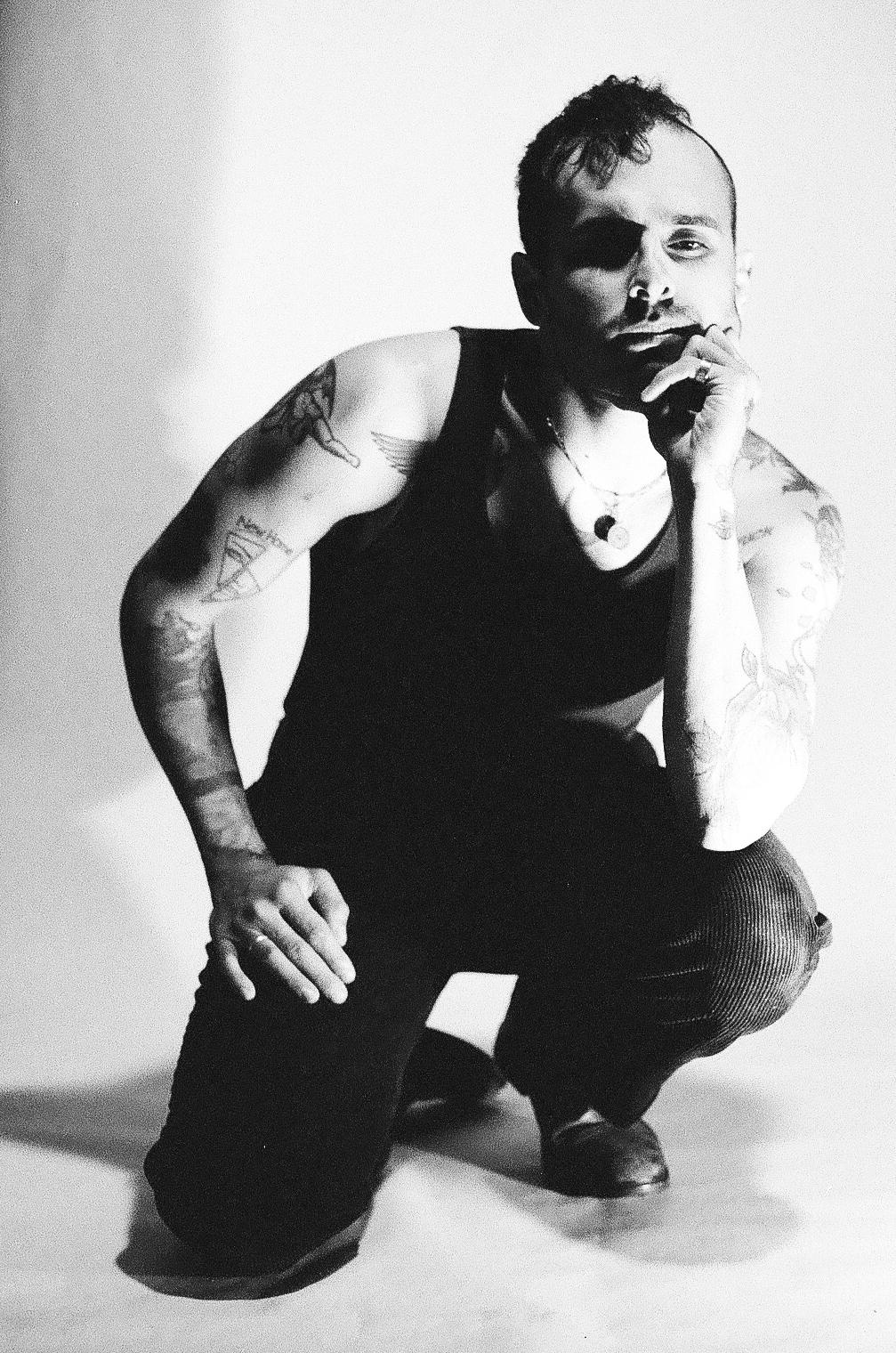
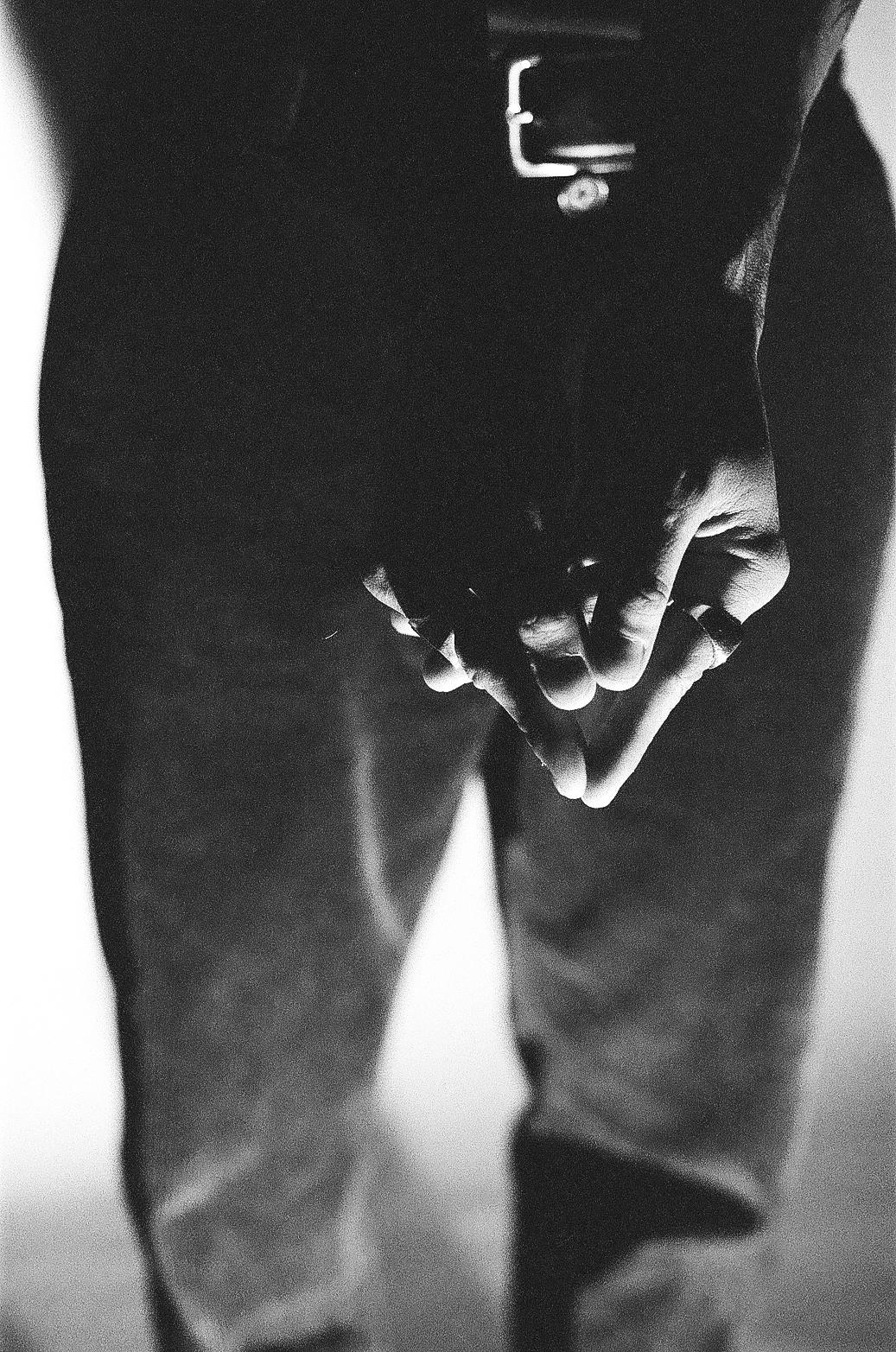
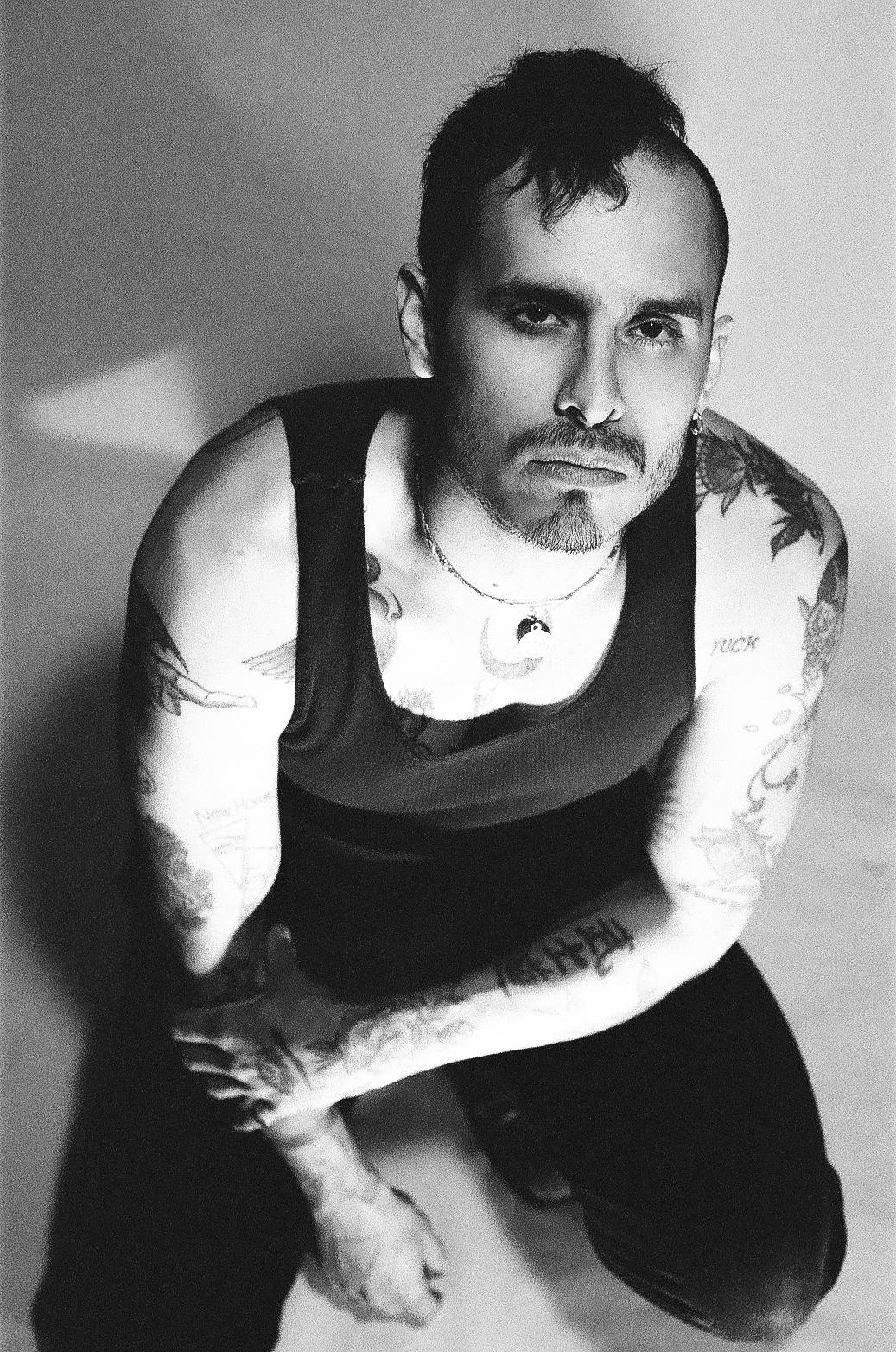
The result:
Powerful, textured, black and white images that carry weight in the vast suspension that is darkness.

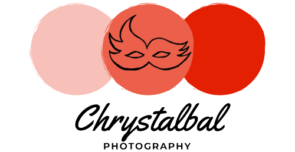
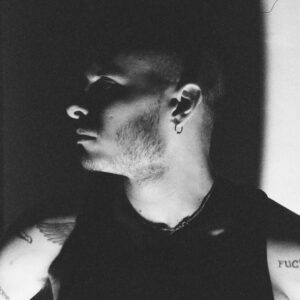

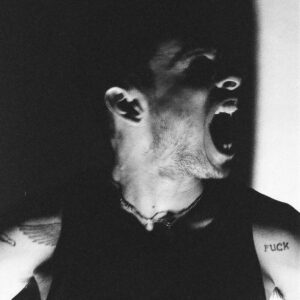
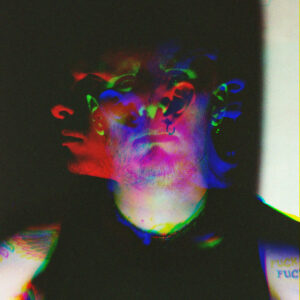
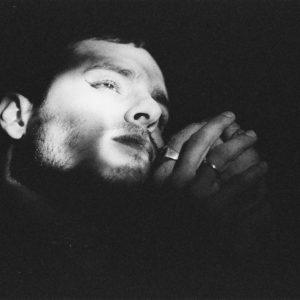


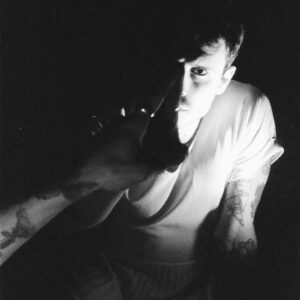
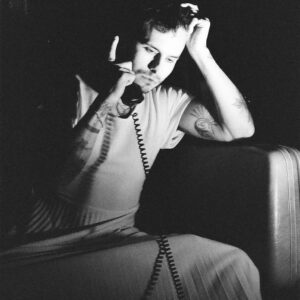

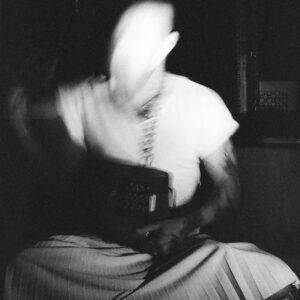
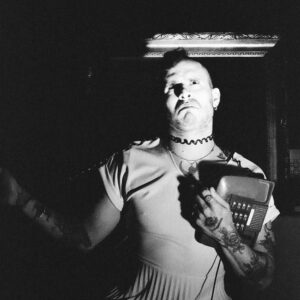
Pingback: Elementor #1725 – Chrystalbal Photography